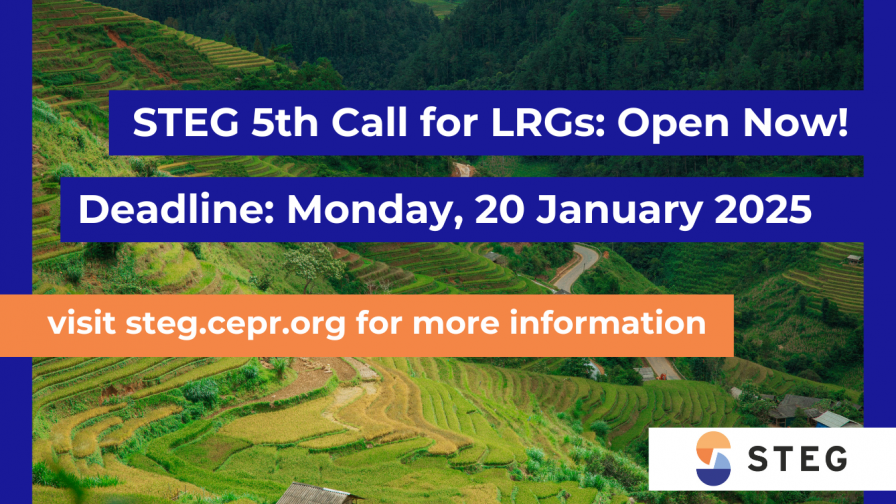This project examines the impact of the world’s largest irrigation infrastructure built in British-era Punjab on long-run development. The British colonial administration laid down an extensive network of perennial canals across the plains of Punjab during the period 1880-1940. Large tracts of land were brought under cultivation that were hitherto considered as agriculturally insecure or pure waste lands. While the most direct and tangible impact of this was to enhance agricultural possibilities and reduce the risk of famine, canal colonization also created a new “agrarian frontier” where ownership and control of agricultural land became a prized economic and political asset thereby leaving a deep and enduring impact on Punjab’s subsequent political economy. Building on the seminal historical account of Ali (1988), this project will provide one of the first systematic empirical assessments of the longue-durée impact of canal colonization.
By using highly fine-grained village-level information on education and assets of households, and combining this with a regression discontinuity design (RDD) framework, this study investigates the impact of exposure to canal irrigation on long-run development outcomes. Following Asher et al. (2022), the empirical strategy exploits the exogenous drivers of canal placement (e.g. topography) and compares village settlements that are topographically below the canal (treated) with settlements that are situated in close vicinity of canals but at a slightly higher elevation (untreated). By exploiting such gravity-driven nature of canal water distribution, this empirical analysis tests for differences in long-run outcomes, such as education, assets, and land inequality between below-canal and above-canal villages. To explore possible mechanisms, the investigators probe the role of two key variables linked with structural transformation: urbanization and political entrenchment.
While this analysis is based on Pakistani Punjab, the analysis carries immense relevance for African countries like Sudan and Egypt, which have witnessed similar colonial-era investments in canal irrigation. More generally, this work will be of direct benefit to contemporary public policy that is increasingly focused on the development of large-scale infrastructure. The investigators leverage their unique access to a highly granular household-level dataset. The dataset covers detailed information on around 15 million households across the length and breadth of Pakistani Punjab. While canal irrigation in British Punjab has been studied from the perspective of environmental history (Buck 1906, Barrier 1967, Fowler 1950, Williamson 1925; Gilmartin 1993, 2014), there is no prior work that probes its long-run consequences for structural change and development. In filling this gap, this work will complement several other strands of literature in development economics. Firstly, the literature linking colonial investments in infrastructure with different facets of economic development, such as trade costs (Donaldson 2018), distribution of economic activity (Jedwab and Moradi 2016), regional inequality and income distribution (Huillery 2009; Duflo and Pande 2007), agricultural outcomes (Donaldson and Hornbeck 2015) and population density (Maravall 2019), among others. Complementing this literature, which mainly focuses on roads, rail infrastructure, and dams, this project is most closely connected with recent work on the impact of canals in India (Asher, Novosad, and Gollin, 2022). Compared to the India study, however, this project focuses on different development outcomes, including patterns of land ownership, and emphasizes the political economy dimension. This study also feeds into a well-established literature on the relationship between colonialism, inequality, long-run development (Acemoglu and Robinson 2001, 2019; Engerman and Sokoloff 1997, 2002; Banerjee and Iyer (2005).















































